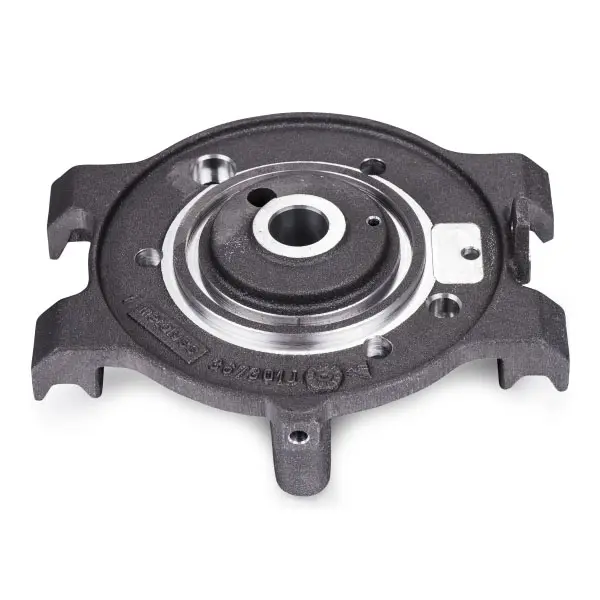Precision casting, also known as lost wax casting, is a precision manufacturing process used to produce high-quality, precision parts and components.

It involves producing a near-net-shape part through the solidification of a molten metal into a mold created from a wax pattern.
The wax pattern is created by investing and firing a ceramic shell around it, resulting in a hollow mold.
The molten metal is then poured into the hollow mold, filling the void created by the wax pattern.
The solidified metal part is then removed from the mold, completing the casting process.
History of Precision Casting
Precision casting has been used for thousands of years, with evidence of its use dating back to ancient Egypt and Greece.
The process was later adopted by ancient Romans and was widely used in the production of coins, jewelry, and bronze artifacts.
In the modern era, precision casting has become an essential manufacturing technology in industries such as automotive, aerospace, electronics, and medical equipment.
Advantages of Precision Casting
Precision casting offers several advantages over traditional manufacturing processes:
- Precision and accuracy: Precision casting allows for the production of highly accurate and dimensionally correct parts due to the use of precision molds.
- Variety of materials: Precision casting can be used to cast a wide range of materials, including alloys such as aluminum, magnesium, and nickel-based super alloys.
- Complex shapes: Precision casting enables the production of complex shapes and intricate details that cannot be achieved through traditional machining processes.
- High-volume production: Precision casting is suitable for high-volume production as multiple parts can be cast simultaneously using molds.
- Cost-effective: Precision casting can be cost-effective compared to other manufacturing processes as it requires relatively low labor input and utilizes efficient production techniques.
Disadvantages of Precision Casting
Despite its advantages, precision casting also has some limitations:
- Skilled labor: Skilled labor is required for the production of precision molds and the handling of molten metals, which can increase the cost of production.
- Waste material: The process involves the production and disposal of waste materials such as investment material and unused wax patterns, which can impact the environment.
- Production time: Precision casting requires a significant amount of time for the production of molds, investment, and casting processes, which can delay the delivery of parts.
Applications of Precision Casting
Precision casting has a wide range of applications in various industries:
- Automotive: Precision casting is used in the production of engine components, transmission parts, and other precision parts for vehicles.
- Aerospace: Precision casting is utilized in the manufacture of aircraft components such as engine parts, airfoils, and landing gear components.
- Electronics: Precision casting is employed in the production of precision parts for electronics devices such as computers, mobile phones, and printers.
- Medical equipment: Precision casting is used in the production of medical equipment such as prosthetics, orthotics, and surgical instruments.
- Architecture: Precision casting is utilized in architecture for the production of decorative components such as sculptures, fountains, and building details.
In conclusion, precision casting is a versatile manufacturing technology with a wide range of applications in various industries.
Despite some limitations, its ability to produce high-quality, complex parts at a relatively low cost makes it an essential manufacturing process for many industries.
